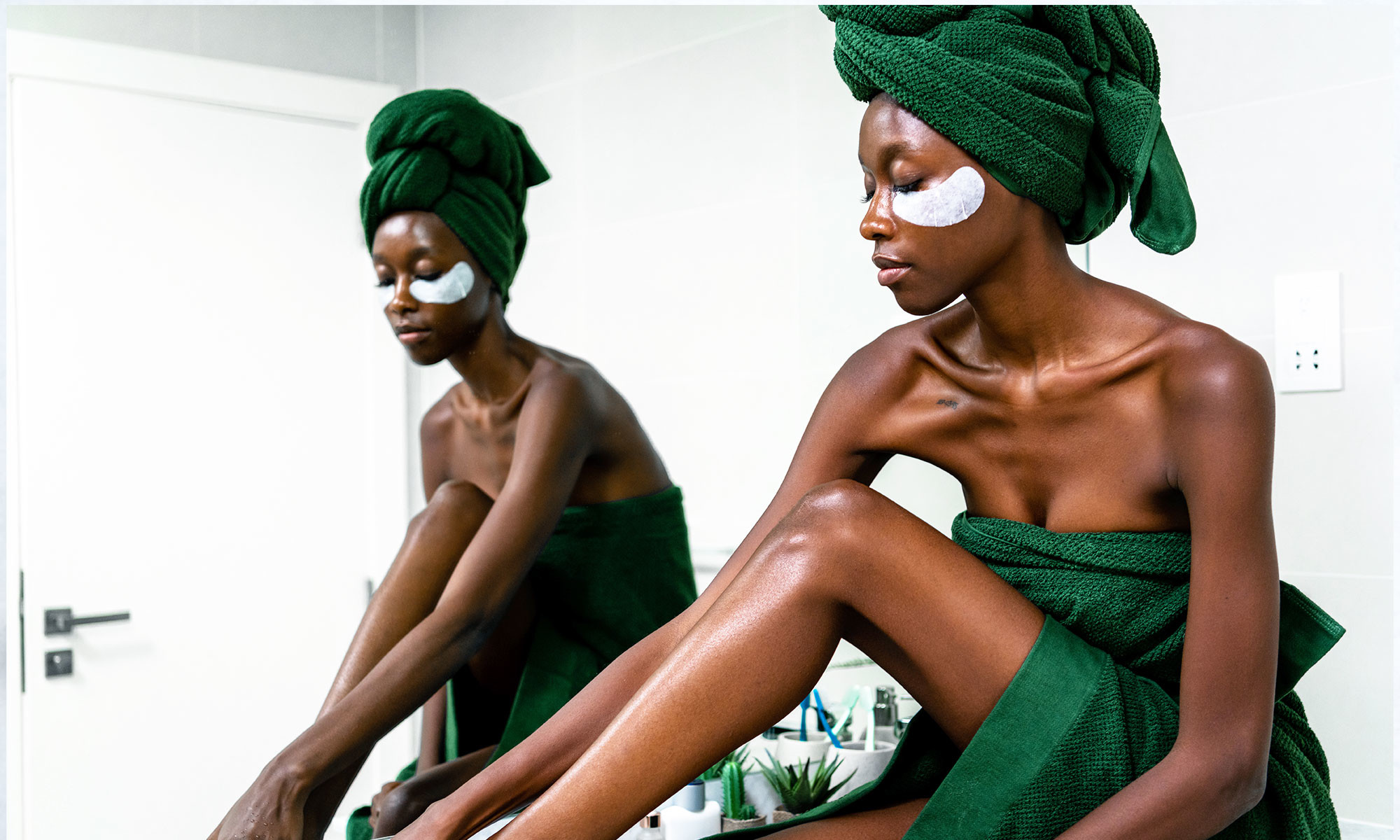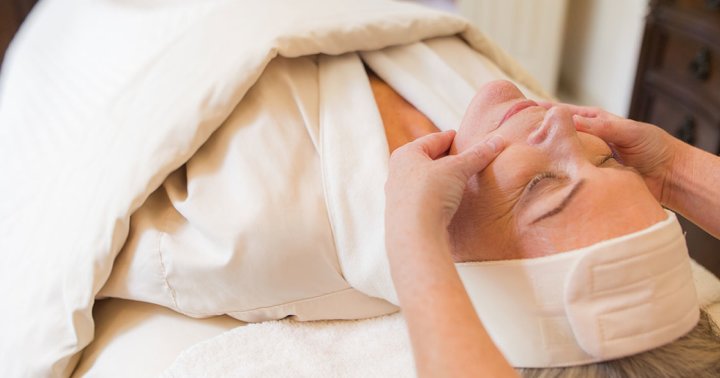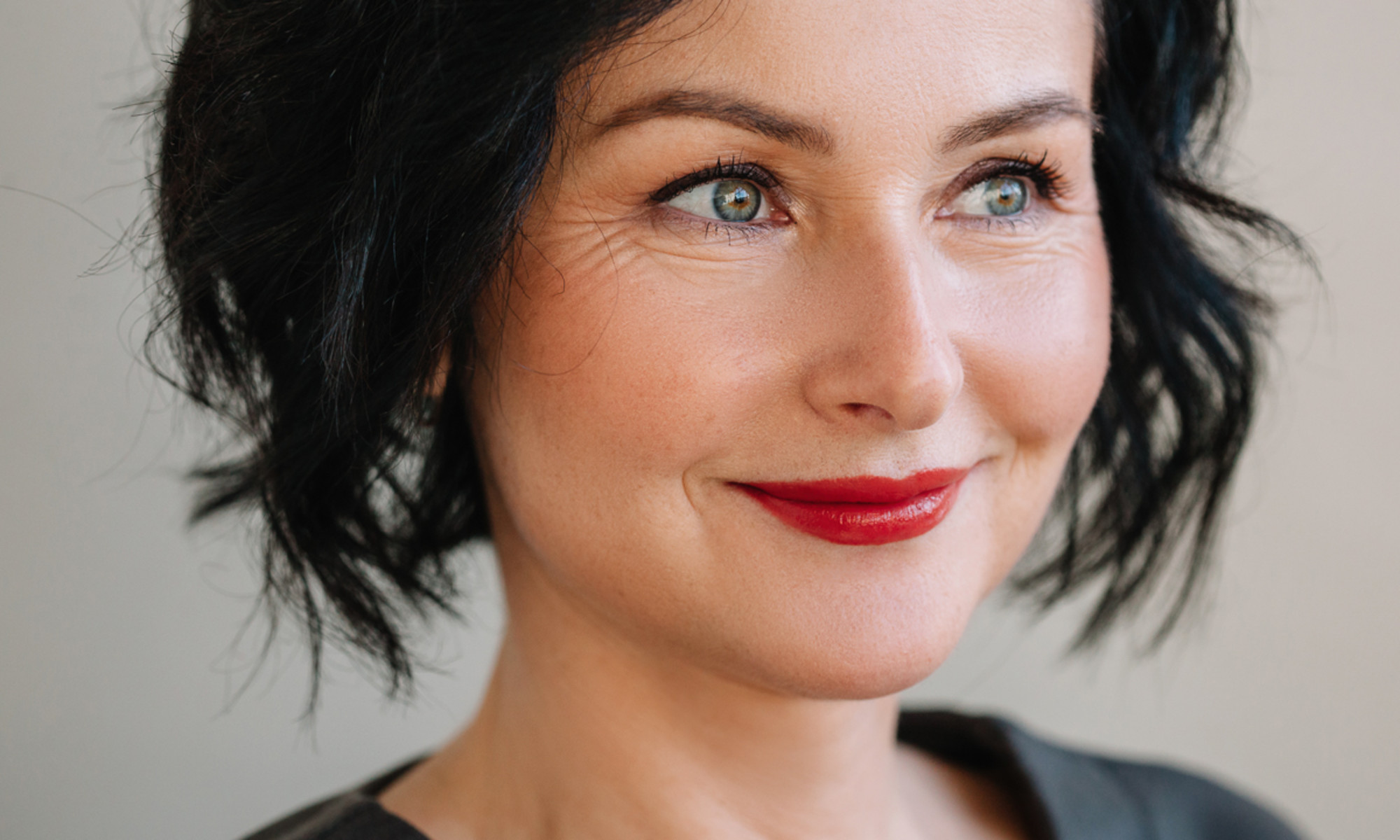Bumps On Your Arms & Legs? Try These 3 Expert Recommended Steps
Get those pesky bumps under control.

Advertisement
This ad is displayed using third party content and we do not control its accessibility features.

Senior Beauty & Lifestyle Director
Senior Beauty & Lifestyle Director
Alexandra Engler is the senior beauty and lifestyle director at mindbodygreen and host of the beauty podcast Clean Beauty School. Previously, she's held beauty roles at Harper's Bazaar, Marie Claire, SELF, and Cosmopolitan; her byline has appeared in Esquire, Sports Illustrated, and Allure.com.
Image by Atolas / Stocksy October 11, 2024 We carefully vet all products and services featured on mindbodygreen using our Our selections are never influenced by the commissions earned from our links. Touch the back of your arms. Do you feel tiny bumps that make the area rougher, almost like sandpaper? When you look at the skin, does it look like you’re afflicted with a chronic case of goosebumps? Is it slightly red or pink or ashy? Do you find these patches of skin pop up around your thighs, cheeks, buttocks, or stomach, too? Well, it’s most likely a skin condition commonly called KP, or keratosis pilaris. Half of folks have it1, and if you clicked on this article, I’m guessing you might be part of this population. It’s a genetic condition that’s caused by a buildup of protein in the hair follicles and triggered by inflammation. While we’re still learning more about the root cause of KP, recent research suggests it has to do with dysfunctional sebaceous glands, which cause the pore to become plugged. (If you’re curious, you can read more about the condition here.) And a not-so-fun fact: if you do have them, they’re likely worse right now. KP is exacerbated by dry air, changes in temperature, stress, and oftentimes inflammatory dietary choices. All of which folks tend to experience more so come wintertime. So if you’re seeing these annoying little bumps expand to more coverage area lately, here’s exactly how experts want you to treat it so you can get it under control. 
Cut sneaky irritants
As with any inflammatory skin condition, the first thing to do is to cut anything that might be irritating it. The reasoning here is simple: Irritation throws the skin into whack, lessening its ability to heal itself and causing the skin barrier to be in dysbiosis, board-certified dermatologist Nava Greenfield, M.D., FAAD, once explained to us. This will cause the bumps to get worse.
Individual irritants can vary from person to person, but there are common ones to stay away from:
Exfoliate, but only sparingly
Exfoliation is hotly debated. For some experts, it’s the ultimate answer for basically any skin condition. For others, it’s entirely overdone and causing avoidable damage to barriers everywhere.
In the case of KP, experts tend to agree that it’s beneficial but only in moderation. A good rule of thumb is to exfoliate 1-3 times a week, as tolerated. Given those with KP tend to have naturally drier skin, start with once weekly and work your way up from there.
Everyone’s exfoliation preferences are unique, but we recommend gentle chemical exfoliants such as mandelic acid, lactic acid, and low-concentration glycolic or salicylic acid.
Hydrate daily with smoothing, barrier restoring actives
Given KP is likely the result of dysfunctional sebaceous glands and a compromised barrier, hydration is the key to treatment.
Use emollient-rich creams to help improve the lipid layer. Emollients are a class of hydrators that work to restore the skin barrier function by soothing the skin and filling in microcracks in the epidermis with lipids.
Look for ingredients like:
The takeaway
KP is very common, and more so this time of year. And as we learn more about its causes, we understand the best ways to treat it.

 FrankLin
FrankLin 
































